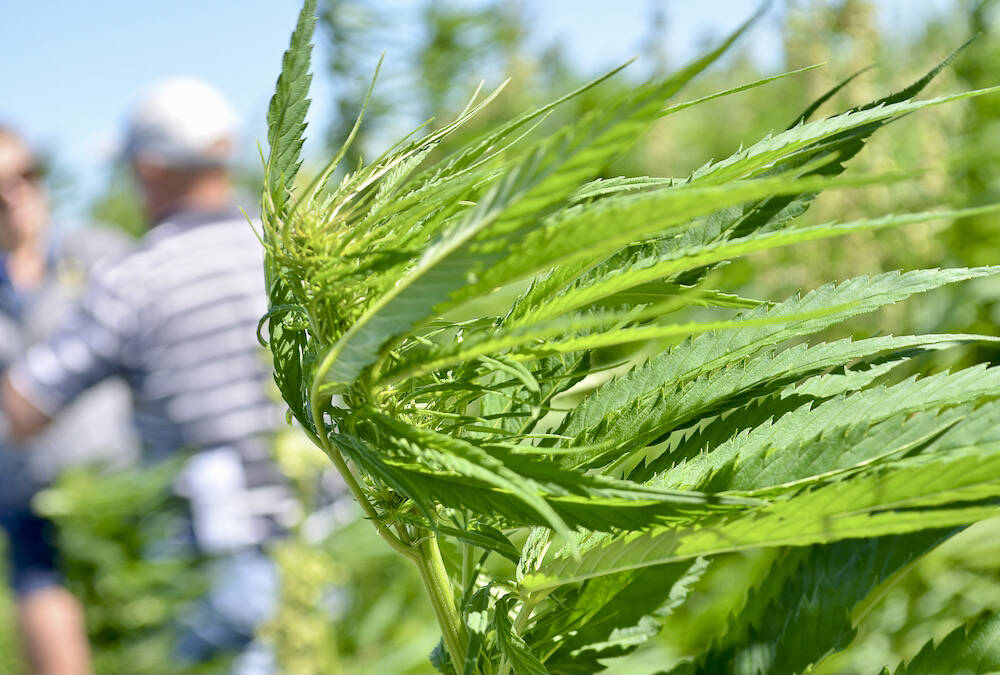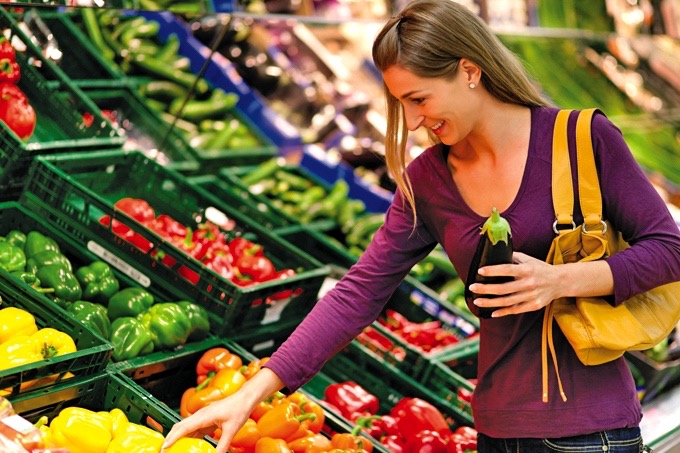You only experience pouring lumpy milk into your coffee once (or twice) to learn that it’s a good idea to check the date on the carton and take a whiff before using it.
Sometimes, although rarely, the milk has gone off even before the “best before” date, but often it lasts in good form a few days beyond, provided it has been refrigerated properly.
While most of us grew up adhering to the adage of “when in doubt, throw it out,” there’s some evidence to suggest that food price inflation is causing consumers to be a little more judicious with their home food toss-outs.
Read Also

Canadian hemp stable, but stuck on growth
Canada’s hemp industry hopes hybrid varieties, better yields, clearer regulations and new markets can help the crop break past its ceiling and get Canadian farmers planting more hemp acres.
That’s both good news and bad news in the evolving story around our society’s relationship with food.
The good news is that when the Food Analytics Lab at Dalhousie University queried consumers on that topic in April, researchers found that more than 58 per cent of consumers surveyed said they are saving on their food budget by eating foods that are near or past the “best before” date.
Many of those foods are still perfectly safe to eat, so this development has the potential to significantly reduce the amount of food waste that occurs at the consumer level.
What also surfaced however, was that nearly half of those consumers were uncertain whether eating those foods might make them sick. Twenty per cent of those surveyed believe they have become ill after consuming foods at or near their “best before.”
The ones who feel most vulnerable are the millennials, those born between 1980 and 1996. Forty-one percent claimed eating such foods made them sick. In other words, a lot of people are making food decisions for themselves and their families who lack the skills, knowledge and confidence they need.
Many are unsure of the difference between “best before” dates on food labels and “expiry” dates, as evidenced by a recent campaign by the Canadian Food Inspection Agency to spell it out.
The federal agency defines an “expiration” date as the last day on which a food product is safe to eat. These labels are typically used on infant formula and meal replacement products. There’s no guesswork involved. If it has expired, don’t use it.
“Best before dates are about food freshness, quality and how long the food should last unopened — not about food safety,” the bulletin says. “Simply put, a best-before date is the time frame when a product will be at its tastiest and freshest. After that date, the product may still be edible, but might not look or taste quite as good.”
The CFIA advises further to check it before you chuck it. Ensure the product has been stored properly and the package has not been damaged. Check for signs of spoilage such as mould and off odours.
Also consider how you plan to use it. Vegetables a little past their prime can still contribute nutritionally to great casserole recipes or the soup pot.
It’s easy to see the potential of understanding food preparation and safety for home food budgets. However, when it comes to fixing all that’s broken in our global food systems, helping consumers make smart food choices is among the most attainable and worthwhile.
The United Nations Food and Agriculture Organization and Economic Co-operation and Development have jointly released an outlook for global food demand over the next decade that modelled the impact of halving global food waste by 2030.
Food losses due to poor harvest storage conditions, transport, processing, retail and consumer handling consumes one third of all food produced, costing the global economy $1 trillion and contributing to food insecurity.
Twenty-eight per cent of the world’s agricultural land grows food that never gets eaten. What’s more, food waste accounts for between eight and 10 per cent of greenhouse gas emissions tied to agriculture.
Cutting food waste would lower food prices, increase food availability to the impoverished and reduce agricultural greenhouse gas emissions by four per cent.
In other words, those day-to-day decisions in our kitchen have global implications.















